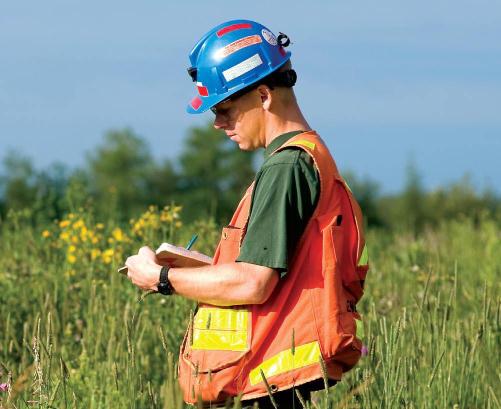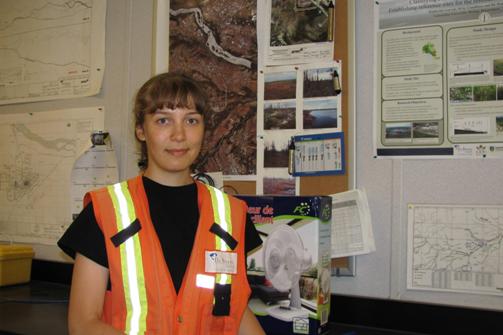Paul Stothart is vice president, economic affairs of the Mining Association of Canada. He is responsible for advancing the industry’s interests regarding federal tax, trade, investment, transport and energy issues.
Throughout the history of the global environmental movement, no issue has seen anything approaching the elaborate policy structure and negotiation frameworks that surround the climate change and greenhouse gas mitigation area.
International climate change policy has been focused around the UN Framework Convention on Climate Change (UNFCCC) and the Intergovernmental Panel on Climate Change (IPCC) for over 20 years. The IFCC is a United Nations entity created in 1988 that writes extensive reports, drawing upon input from 2500 scientific experts, 800 contributing authors, 450 lead authors, and 620 expert reviewers. IPCC reports typically stretch into the thousands of pages.
The UNFCCC has coordinated 15 Conference of the Parties (CoP) sessions over the past fifteen years. These sessions have in the past featured hundreds of environmental groups, business delegations, and government departments. Thousands of bureaucrats congregate at CoP sessions, often held in exotic locations that entail enormous travel distances and related airline GHG emissions. Between CoP sessions, numerous working groups interact and themselves congregate in sub-committee meetings at locations around the world. There are some 192 countries engaged in the UNFCCC process and these individual countries in turn support their policy discussions and documents with equally substantial resources and bureaucracies. Some countries, such as Australia and the UK, have created entire government departments around climate change policy.
In Canada, at least eight “climate change strategies” have been unveiled since the mid-1990s – five by Liberal governments and three by Conservatives – each plan outlining targets, actions, and commitments supported by the loftiest of communications rhetoric and printed on the glossiest of paper. Through the years, the federal government has outlined plans and processes for clean development mechanisms, offset systems, early action credits, technology funds, reduction targets, emission trading systems, cap and trade systems and carbon taxes. One particularly memorable offset document contained a 34 page glossary. The combined worth of these documents, plus a toonie, would today buy a Starbucks coffee.
Read more


























